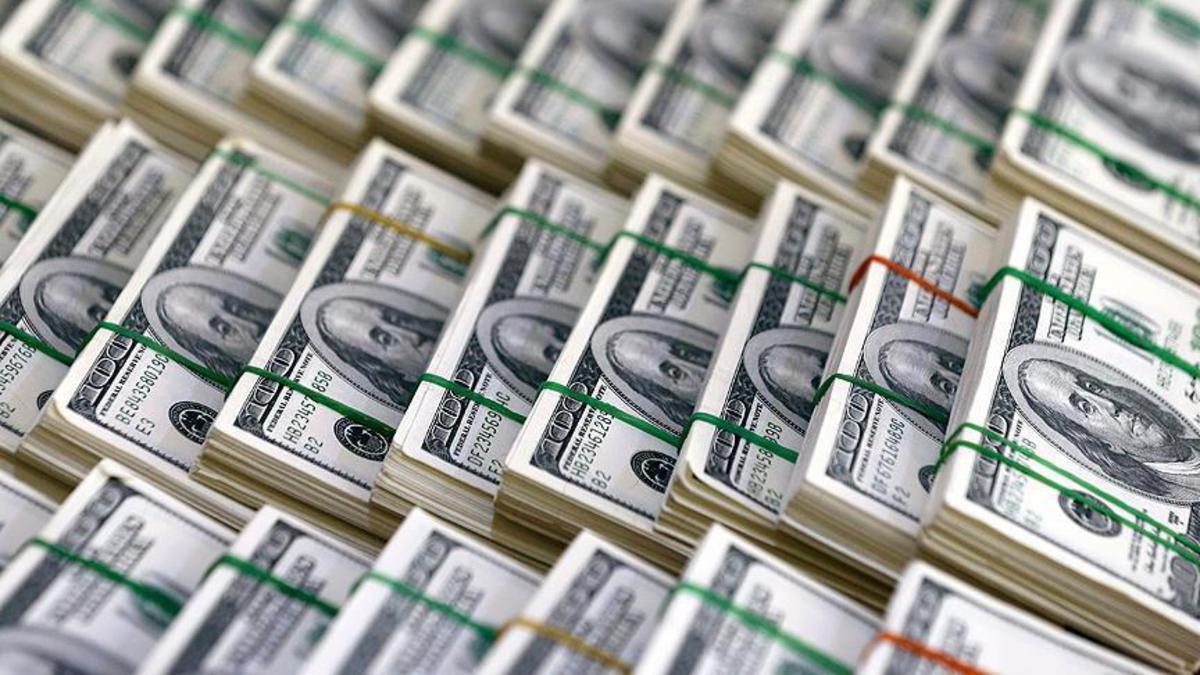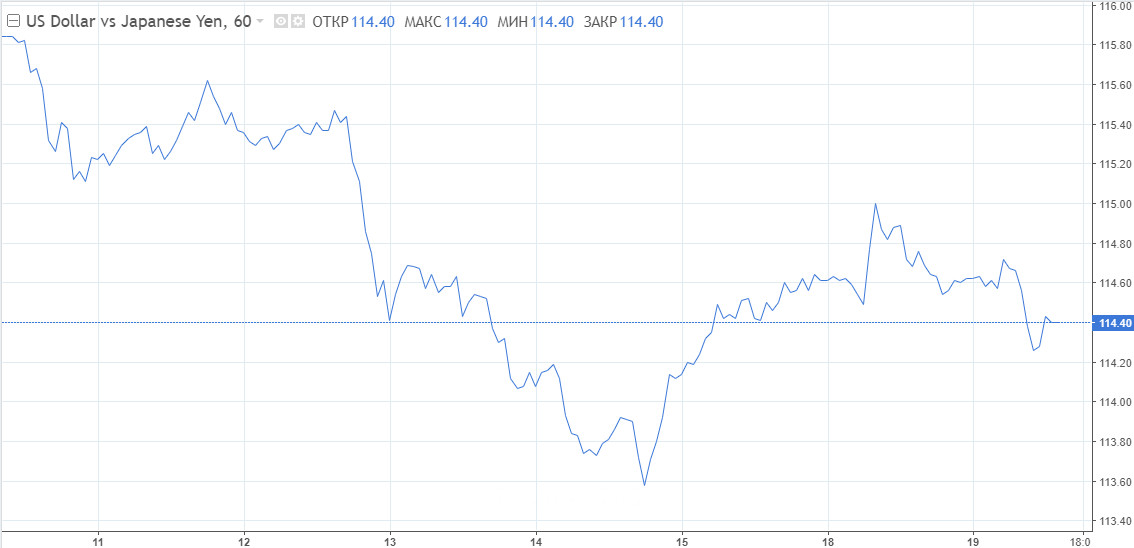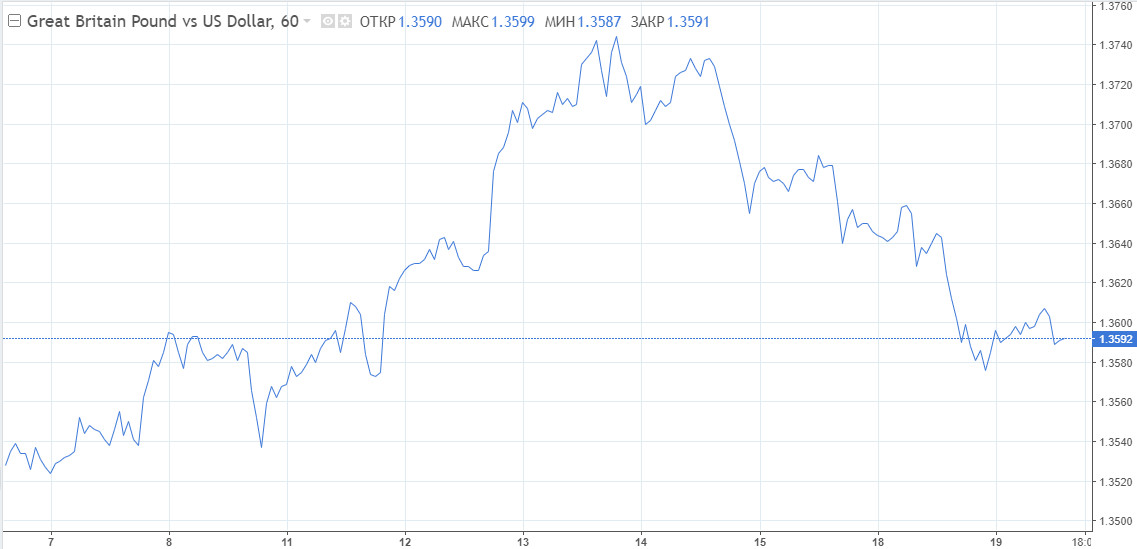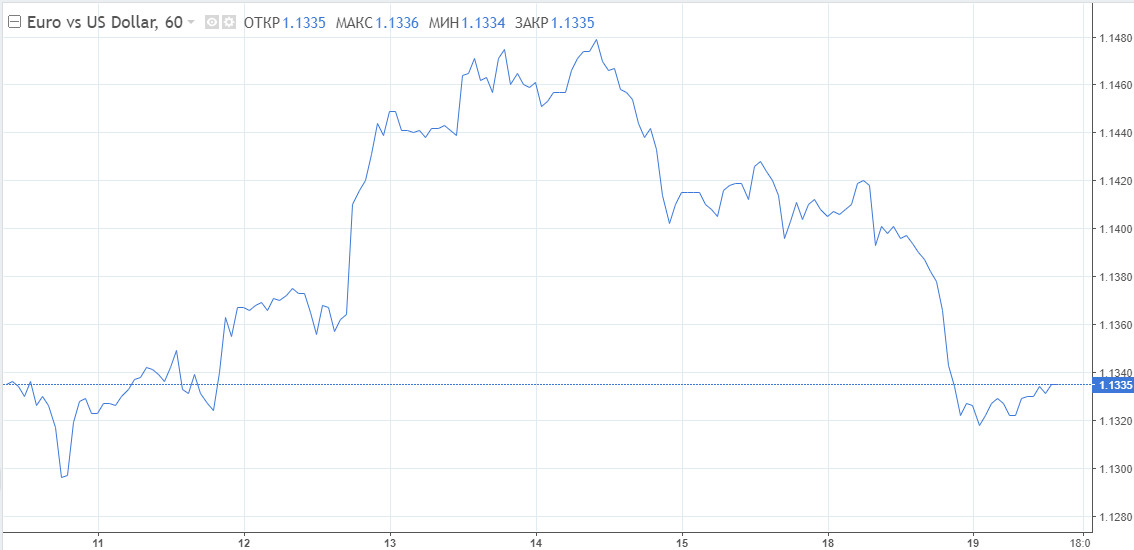
The US dollar edged higher and is expected to continue strengthening. Consequently, the Japanese yen may weaken because this currency is the most sensitive to changes in the greenback. In addition, the Bank of Japan said on Tuesday that there was no need for monetary policy tightening at the moment. If the US Federal Reserve again hints at the first rate hike in March in its January meeting, the Japanese yen may tumble.
So far, we may observe the first attempt of market players to end the bearish impulse on USD/JPY. The quote is likely to consolidate in the range between 114.20 and 114.65. The level of 114.75 is seen as strong resistance. It may take the greenback a lot of strength to break through the barrier. As soon as it surpasses resistance and settles above, bullish sentiment in the market will increase.
Demand for the US dollar is fueled by the upcoming meeting of the American regulator. For that reason, the euro and the pound were unable to take advantage of their strong macroeconomic reports. The United Kingdom released impressive labor market results. This means that the Bank of England may set off on the path toward monetary policy normalization in February. The GBP/USD pair fell below 1.3600 on Tuesday. There is a likelihood that inflation data set to be released on Wednesday will provide support for the sterling. Support is seen at the level of 1.3550.
Perhaps this is the only factor that could lead to a short-term rally of the pound. The closer the Federal Reserve's meeting, the greater the risk for a decline in the pound. There are a lot of reasons in favor of a downtrend, and the sell entry point is seen at 1.3550.
Overall, analysts are not willing to give up on the pound. Indeed, judging from a new report, the Bank of England is likely to continue raising interest rates. Scotiabank expects the sterling to soar to 1.4000. However, the quote may retrace down by the end of the year.

The US dollar index tested the key resistance level of 99.50, and is likely to continue scoring gains.
The announcement of the auction of Treasury securities boosted the US dollar as well. The US Treasury Department announced an auction of $84 billion in securities, the highest amount in January.
The ZEW report revealed that Omicron's influence on Germany's economy stabilized in January, though it failed to provide support for the euro. The stronger US dollar and the upcoming meeting of the Federal Reserve are now the major factors driving the EUR/USD pair. Although hawkish sentiment is gradually growing, the ECB does not make any official statements about changing its monetary policy stance. ECB President Christine Lagarde is very cautious about the regulator's actions, which may harm the euro and increase imported inflation in the end.
The EUR/USD lost 6.9% on an annual basis, according to the National Bank of Canada. The commercial bank suggests that the currency pair will not show impressive results this year either.
There are many restraining factors right now, and the EU will have to deal with supply chain issues and inflationary pressure. In addition, the ECB will unlikely say anything about monetary policy tightening before the end of the year.
So, EUR/USD may well approach the level of 1.1000 by mid-2022, Rabobank assumes. The pair may then increase if only the European regulator starts discussing some tightening options.






















